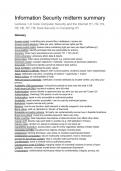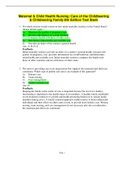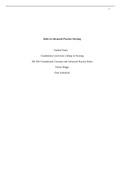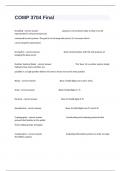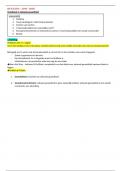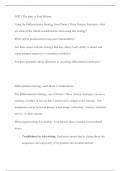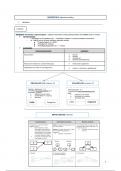Samenvatting
Summary Midterm (Lecture 1-9) 2024 | Information security (INFOB3INSE) | UU informatiekunde
- Instelling
- Universiteit Utrecht (UU)
This document contains the most recent summary of a combination of lectures 1-9 and the reading materials for these lectures. Making this summary, I have used my lecture notes, notes from reading the book, and the lecture slides. Everything you need to know for the midterm exam on is explained and...
[Meer zien]
